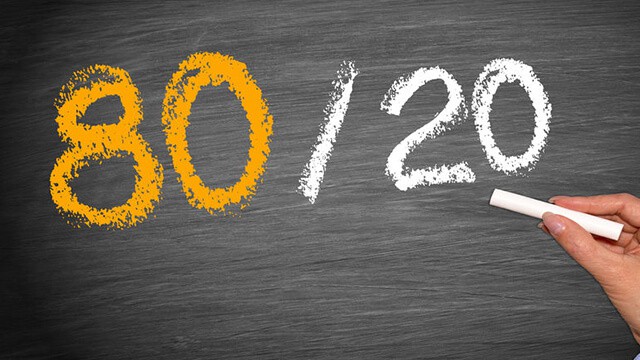So what does the typical Australian business look like?
![So what does the typical Australian business look like? 1 [blog]what-does-the-typical-australian-business-look-like](https://businessgrowthleaders.com/wp-content/uploads/2011/02/blogwhat-does-the-typical-australian-business-look-like.jpg)
As a business growth leader, have you ever been curious how you stack up to your competitors and the market place in general? I know many of my savvy coaching clients are.
I was doing some research on the internet last week and stumbled across the Australian Bureau of Statistics report “Australian Business Entries & Exits June 2007-2009”.
The report details the size and makeup of the Australian business marketplace on a few metrics. If you want to be a black belt data ninja, the link at the bottom takes you to the site where you can download a spreadsheet which lists numbers of businesses and size for each business category and geographical location.
Did you know that in 2009, there were a total of 2.05 million businesses operating in Australia?
Here are some other facts about Australia’s’ business makeup.
Employment ranges
Starting at the top, there are only 6,349 (<1%)businesses in Australia with more than 200 employees. That is less than 1% of all Australian businesses.
Then there is the so-called mid market (20-200 employees) is still quite small, with only 83,399 companies.
Ok, if you are keeping up with the math, out of the 2 million odd enterprises in Australia, so far this only accounts for 90,000. So where are the rest of them?
Coming back to the small end of the spectrum 1.2 million employ no-one but themselves so I would consider them as self employed as opposed to businesses. This would include hobbyists, independent contractors, tradies, etc. but it still accounts for around half of the total.
Then there is the micro sector, businesses that have 1-4 employees (not including the owner), which accounts for 497,098 (86%) enterprises. And then there is the 233,957 (32%) businesses that have 5-29 employees and they are likely to grow into a medium sized business or sell.
During 2007-08 and 2008-2009 entry and exit rates of businesses in the market place were roughly the same at about 15-16%, although there was a slight drop (14.4%) in starts during 08-09 presumably due to the GFC deterring people from starting their own businesses, and tight credit at financial institutions. My own opinion is that while most business survived the GFC, from what I see in the marketplace there isn’t the reserves (cash, or energy) to survive another dip in the next few years if there is one.
As a sidenote I have most of my experience with 2 of these groups both as a coach and business owner. I get excited working with the fast growing 5-19 employee bracket and working it to its potential, and what I love about working with the 20-200 bracket is finishing of the business and adding stability to it.
Annual Turnover
At June 2009, there were 596,418 (29.1%) businesses with turnover between zero and $50k which is not much I am sure you’ll agree. A further third 694,254 (33.8%) of businesses still only have a turnover between $50k to less than $200k.
This was followed by approximately another third 637,182 (31.1%) businesses with turnover from $200k to less than $2m.
Personally I was surprised to find out that only 123,231 (6.0%) businesses produce a turnover above $2m per annum.
You can drill down on more of the data yourself at:
Australian Business Entries & Exits http://www.abs.gov.au/ausstats/[email protected]/mf/8165.0
Another report of interest is General Australian Business Characteristicshttp://www.abs.gov.au/ausstats/[email protected]/mf/8167.0


